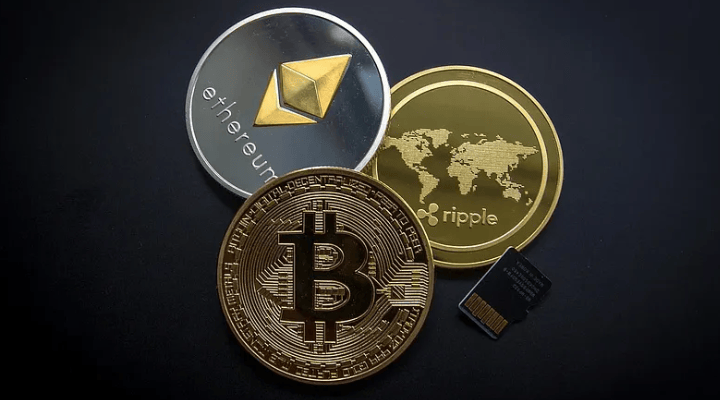Understanding Inflation
Inflation is the rate at which the general price level of goods and services rises, reducing the purchasing power of money. It is commonly influenced by factors such as:
Monetary Policy: Central banks increase the money supply.
Supply Chain Disruptions: Costs rising due to shortages.
Demand-Supply Dynamics: Higher consumer demand driving prices up.
Historically, assets like gold, real estate, and commodities have been used as hedges against inflation. Bitcoin has now entered this conversation as a potential alternative.
Bitcoin as an Inflation Hedge
Bitcoin’s appeal as an inflation hedge stems from its unique properties:
Fixed Supply: Unlike fiat currencies, Bitcoin has a maximum supply of 21 million coins, making it scarce.
Decentralization: It is not controlled by any government, reducing the risk of manipulation.
Borderless and Digital: Easily accessible globally, making it a modern alternative to gold.
Store of Value Potential: Institutional investors increasingly view it as a long-term store of value.
Historical Performance During Inflationary Periods
2020–2021 Pandemic Era: As governments implemented stimulus measures, Bitcoin surged from around $7,000 in early 2020 to an all-time high of nearly $69,000 in 2021.
Post-2021 Crash: As central banks tightened monetary policies, Bitcoin faced significant corrections, showing its susceptibility to macroeconomic trends.
Comparisons to Gold: While gold remained relatively stable during economic downturns, Bitcoin’s volatility raised concerns about its effectiveness as a hedge.
Risks of Bitcoin as an Inflation Hedge
While Bitcoin presents an attractive case, several risks must be considered:
Extreme Volatility: Unlike traditional hedges, Bitcoin experiences sharp price fluctuations.
Regulatory Uncertainty: Governments worldwide continue to explore regulations that may impact Bitcoin’s adoption.
Market Sentiment Driven: Unlike gold, which has centuries of historical stability, Bitcoin is still a relatively new asset influenced by market hype and speculation.
Liquidity Concerns: Large price swings can make Bitcoin challenging for risk-averse investors seeking stability.
Bitcoin vs. Traditional Inflation Hedges
Bitcoin
Supply: Fixed (21 million) Limited, but mined Finite, but expandable
Volatility: High Low Moderate
Regulation: Uncertain Established Localized Policies
Accessibility: Digital, Global Physical, Global Local Market Dependent
Gold
Supply: Limited, but mined
Volatility: Low
Regulation: Established
Accessibility: Physical, Global
Real Estate
Supply: Finite, but expandable
Volatility: Moderate
Regulation: Localized Policies
Accessibility: Local Market Dependent
Conclusion
Bitcoin has shown potential as an inflation hedge, but it remains a high-risk asset due to its volatility and regulatory uncertainties. While its fixed supply and growing institutional adoption make it an attractive store of value, it has not yet achieved the stability of traditional hedges like gold or real estate. Investors should weigh the risks and benefits before considering Bitcoin as part of an inflation-protection strategy.

 English
English
 Deutch
Deutch
 Espanol
Espanol
 Francais
Francais
 Portugues
Portugues
 日本
日本
 한국인
한국인
 Türk
Türk
 Русский
Русский
 Tiếng Việt
Tiếng Việt

